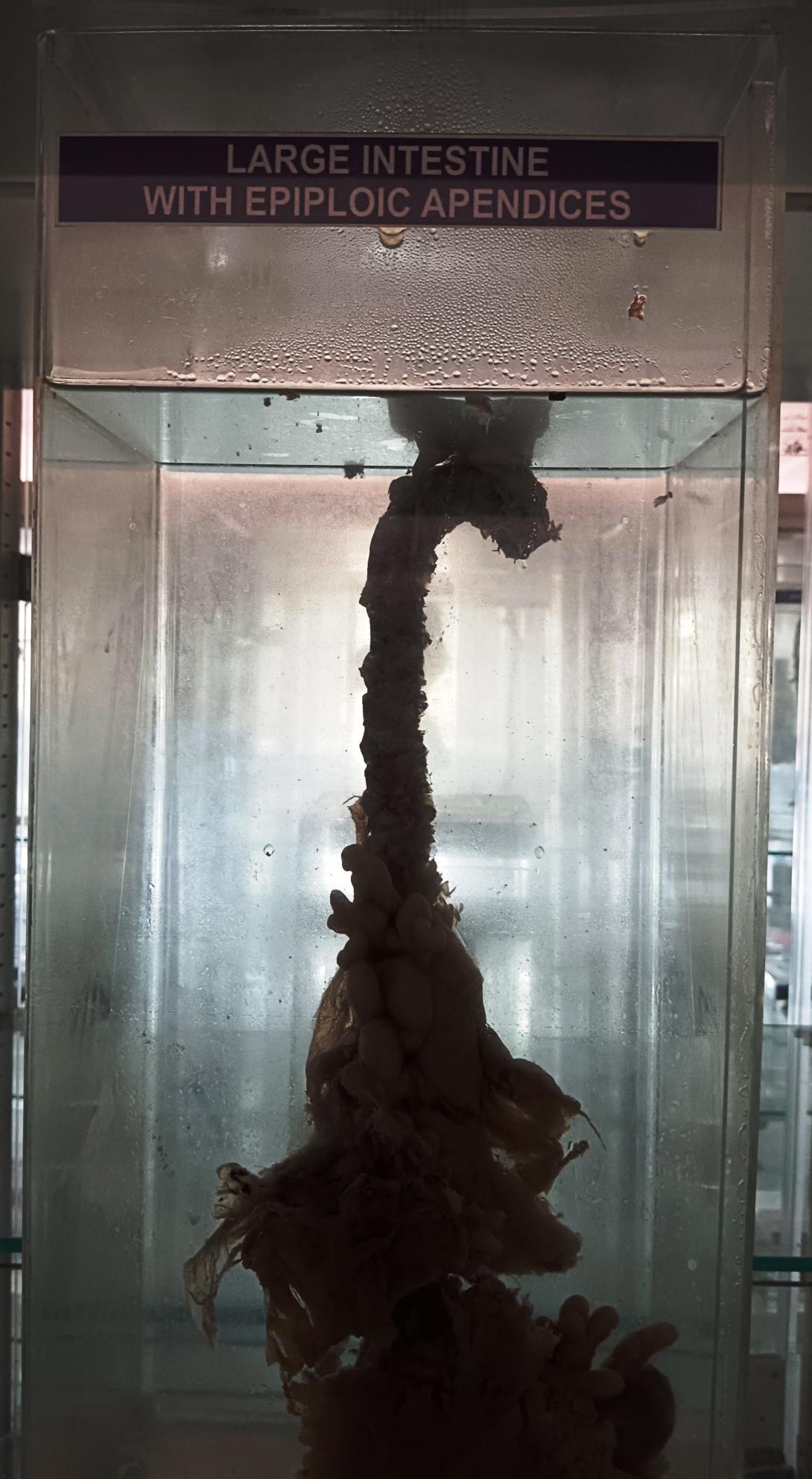The large intestine, also known as the colon, is a tube-like organ that forms the last part of the digestive system in humans and many other animals. It is responsible for absorbing water and electrolytes from digested food, as well as storing and eliminating waste material.
The large intestine is divided into several parts, including the cecum, ascending colon, transverse colon, descending colon, sigmoid colon, and rectum. One unique feature of the large intestine is the presence of small, fatty appendages called epiploic appendices. These appendages are small pouches of fat that hang from the outside wall of the colon and are covered by peritoneum.
The function of epiploic appendages is not entirely clear, but they may serve to protect the colon from injury or to help absorb shock. In some cases, they can become inflamed or twisted, leading to pain and discomfort. This condition is known as epiploic appendagitis and can be treated with pain medication and anti-inflammatory drugs. In rare cases, surgery may be required to remove the affected appendage

